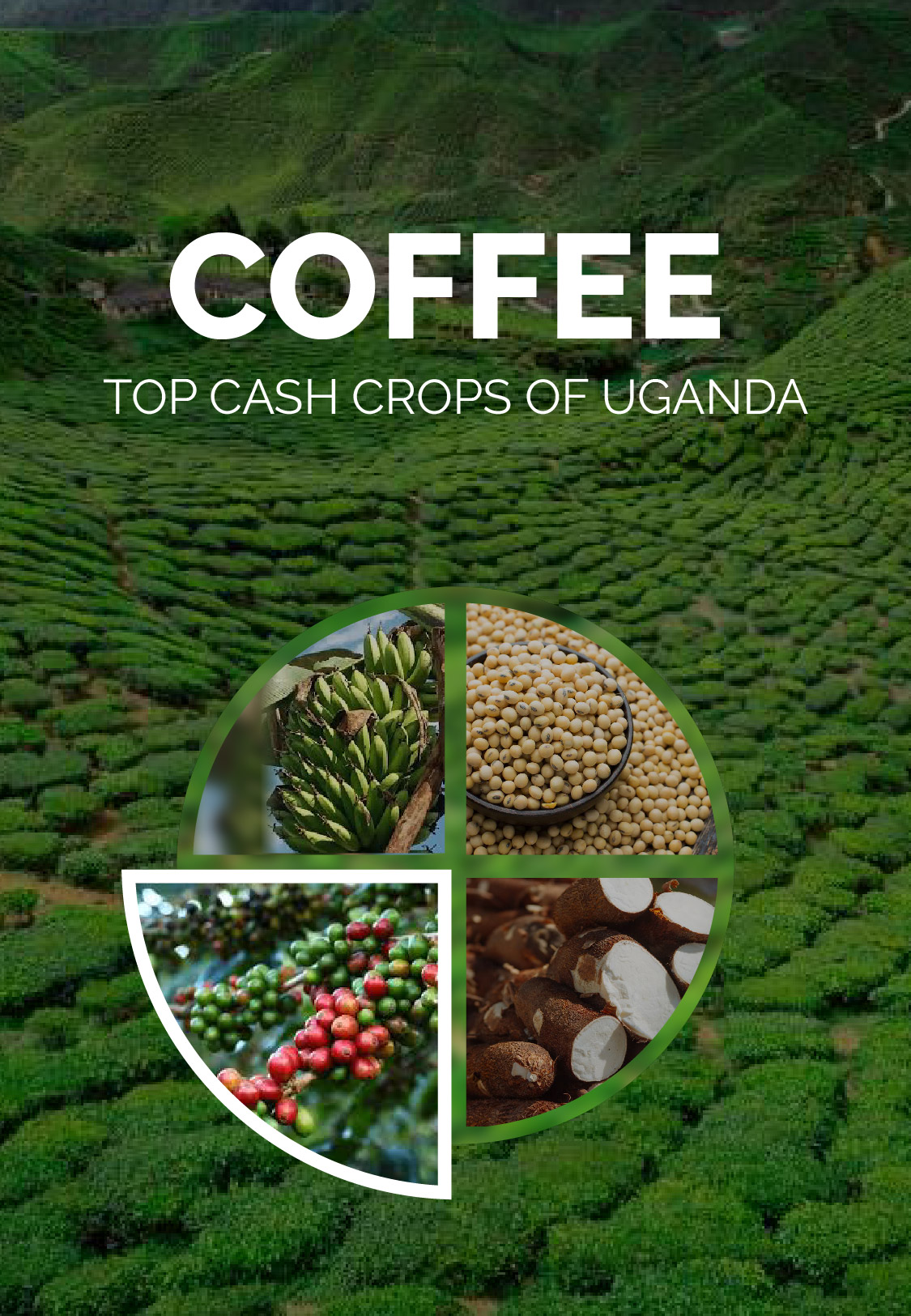Plantains (also known as Gonja) belong to the banana family and are a staple food crop in many tropical regions. Let’s explore more about these starchy delights:
-
Physical Description:
- Plantains resemble large bananas but have some key differences. They are technically fruits, yet they are eaten and cooked like vegetables.
- Unripe plantains are green to yellow, difficult to peel, and have a hard, starchy flavor. This stage is perfect for boiling or frying.
- When fully ripe, plantains turn black. Their flavor is somewhat similar to bananas but less sweet. Most people still prefer them cooked even at this stage.
-
Culinary Uses:
- Cooking Techniques: Peeled plantains can be baked, boiled, fried, grilled, or steamed.
- Versatility: Plantains are incredibly versatile and used in a variety of dishes, from appetizers to desserts.
- Ripeness Matters: They can be cooked at any stage of ripeness—green, yellow, or black.
- Flavor Pairings: Plantains pair well with salt, pepper, and even a pat of butter when baked.
-
History and Origin:
- Plantains are believed to have originated in Southeast Asia.
- Two main groups of plantains share a common origin: the horn plantain and the French plantain. Both types grow in India, Africa, Egypt, and tropical America.
- In some parts of East Africa, plantains play a crucial role in beer-making, particularly in central and eastern Uganda and Tanzania.
- Globally, plantains account for about 85 percent of all banana cultivation worldwide.
So whether you’re frying them to perfection or baking them with a touch of butter, plantains offer a delightful culinary adventure! 🍌🔥










Share